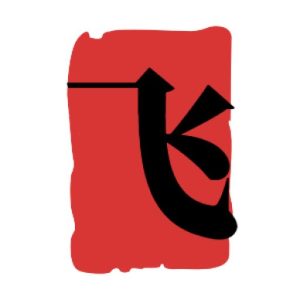therebe句型就近原则_Therebe就近原则例句
一:There be句型基本认识
定义:There be句型用来表示某处存在某物或某人。主语是某人或某物,谓语动词be需与主语保持数的一致性。当主语为两个或两个以上的名词时,谓语动词的数需与离其最近的那个名词一致。
示例:There is a bird in the tree. (树上有只鸟。)
二:就近原则
在There be句型中,be动词的单复数形式由最接近的主语决定,这就是所谓的“就近原则”。
示例:There is an eraser and four pencils in the pencil case. (铅笔盒里有一块橡皮和四支铅笔)
三:There be句型的肯定句、否定句和疑问句
(一)否定形式
否定的方式是在be动词后面加not。若句中原有some,改成否定句时需用any。
示例:There is not a knife in the kitchen. (厨房里没有刀。)
(二)疑问形式
转化为疑问句时,需将be动词提前,首字母大写,句号变问号,并可能改变人称。肯定回答为“Yes,there is/are.”,否定回答为“No,there isn’t/aren’t.”。
特殊疑问句
特殊疑问句主要用How many和How much引导,分别用于可数名词复数和不可数名词的询问。
示例:How many students are there in your school? (你们学校有多少学生?)
四:There be + 主语 + doing +介词短语
例如:There is a purse lying on the ground. (地上有一个钱包。)
五:There be句型的反意疑问句
遵循前肯后否或前否后肯的规则。
示例:There is a cup on the table, isn’t there? (桌子上有只杯子,是吗?)
五:There be句型与have的区别
There be句型强调存在关系,而have则表示所有关系。两者在结构、用法及意义上都有所不同。
示例:There are some trees in front of the house. (房前有些树。) vs. Tom has many friends in China. (汤姆在有许多朋友。)
练习题
1. 答案:C. isn't
解析:根据There be句型的肯定句变为否定句的规则,需在be动词后加not。
2. 答案:B. were
解析:根据时间状语last year判断时态为过去时,再根据“就近原则”使用复数were。
3. 答案:D. is there
解析:这是一般疑问句的反意疑问句,需要用there来开头。
4. 答案:A. is a
解析:这是一个单数名词pencil-box的存在句,故使用单数is。

